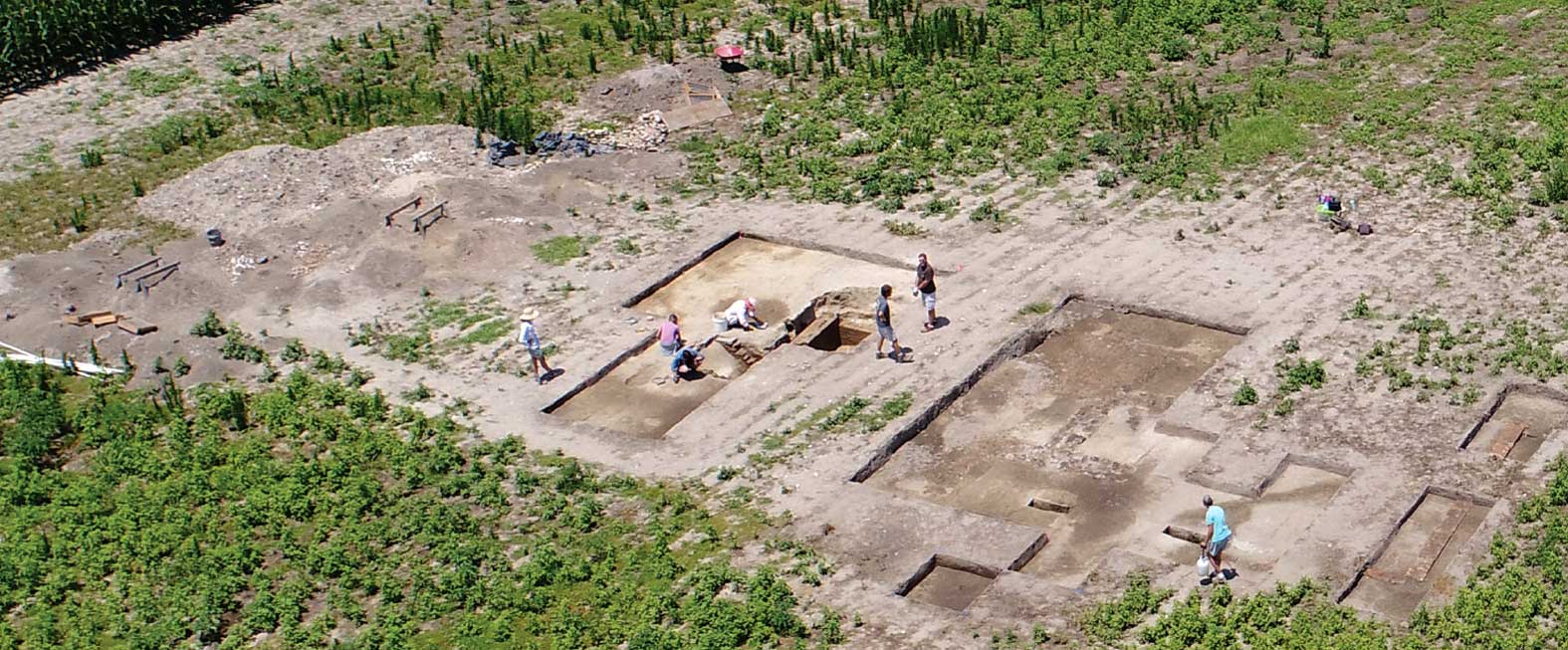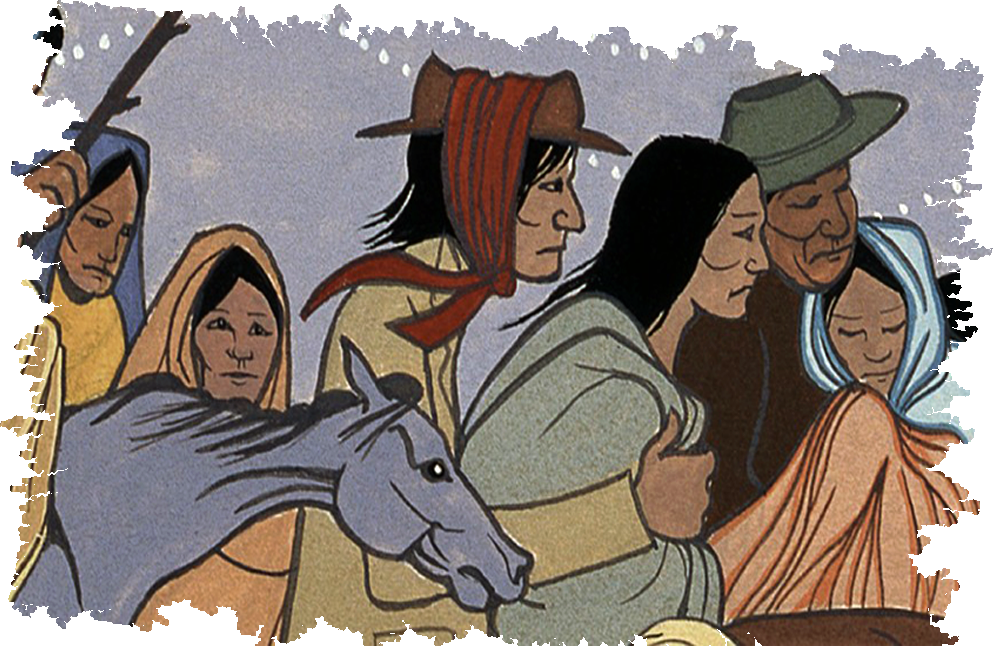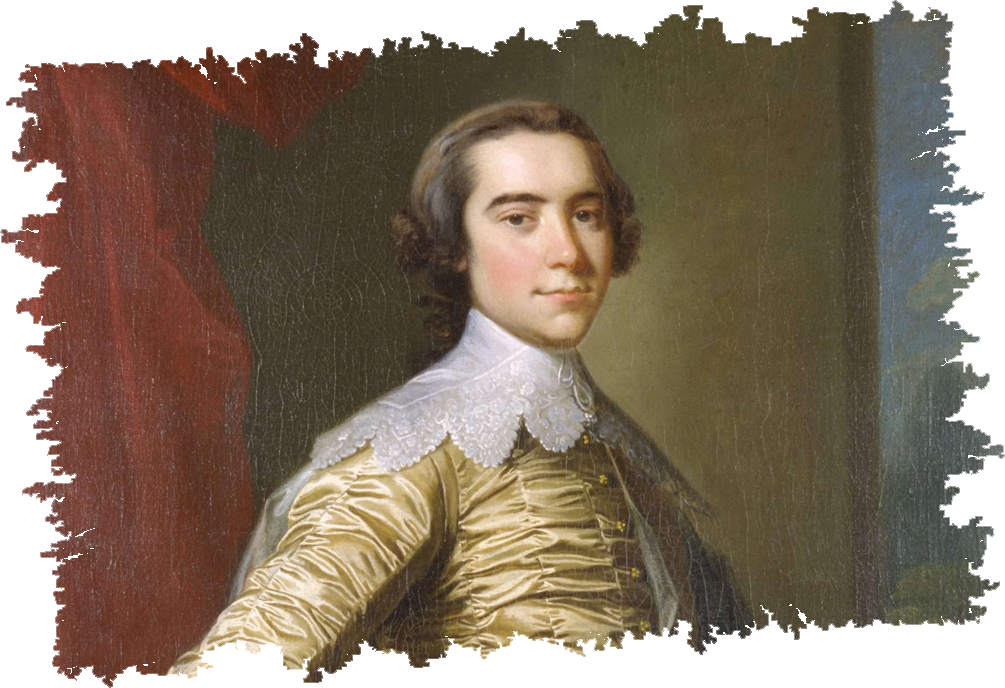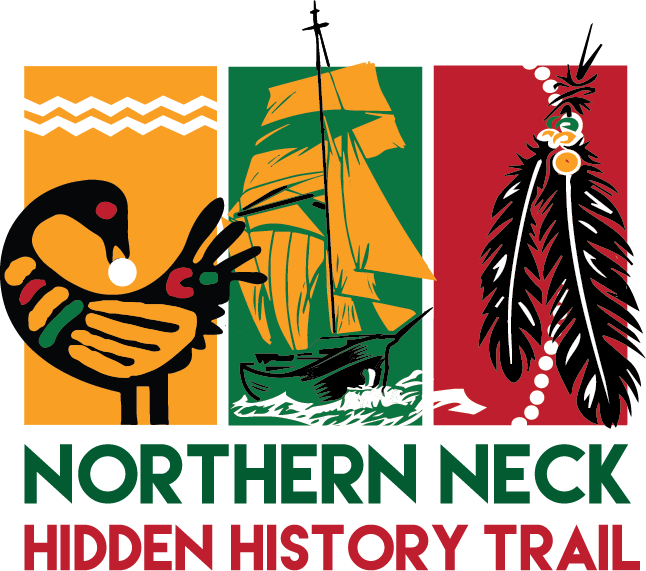
A Question of Lineage: The Landmark Case of Elizabeth Key

In the early days of the Virginia Colony, the system of slavery had not yet solidified into the racial caste system it would later become. During this time, individuals of African descent, though often indentured, retained some legal rights to challenge their status.


Separate But (Not) Equal: The Landmark Case for Ralph Bunche High School

The Plessy v. Ferguson decision of 1896, which enshrined the “separate but equal” doctrine, sought to create a legal basis for segregation by claiming that public facilities, including schools, could be separate as long as they were “equal.” However, in practice, this doctrine seldom delivered equality.

The Paper Genocide of Native Americans: The Racial Integrity Act

The erasure of Native American identity in Virginia is a stark chapter in the history of racial injustice, exemplified by the policies enacted under the Racial Integrity Act of 1924. This law, championed by Walter Ashby Plecker, the first Virginia state registrar of vital statistics, aimed to classify all citizens into just two racial categories: “white” and “colored.”



The Largest Manumission of Slaves: Robert Carter III

Robert Carter III (1728–1804), a prominent planter and politician from Virginia’s Northern Neck, left an indelible mark on American history as a leading advocate for the abolition of slavery during his time. Known for his wealth, political influence, and radical principles, Carter’s decision to free hundreds of enslaved individuals stands as the largest manumission of slaves in the United States prior to the Civil War.


